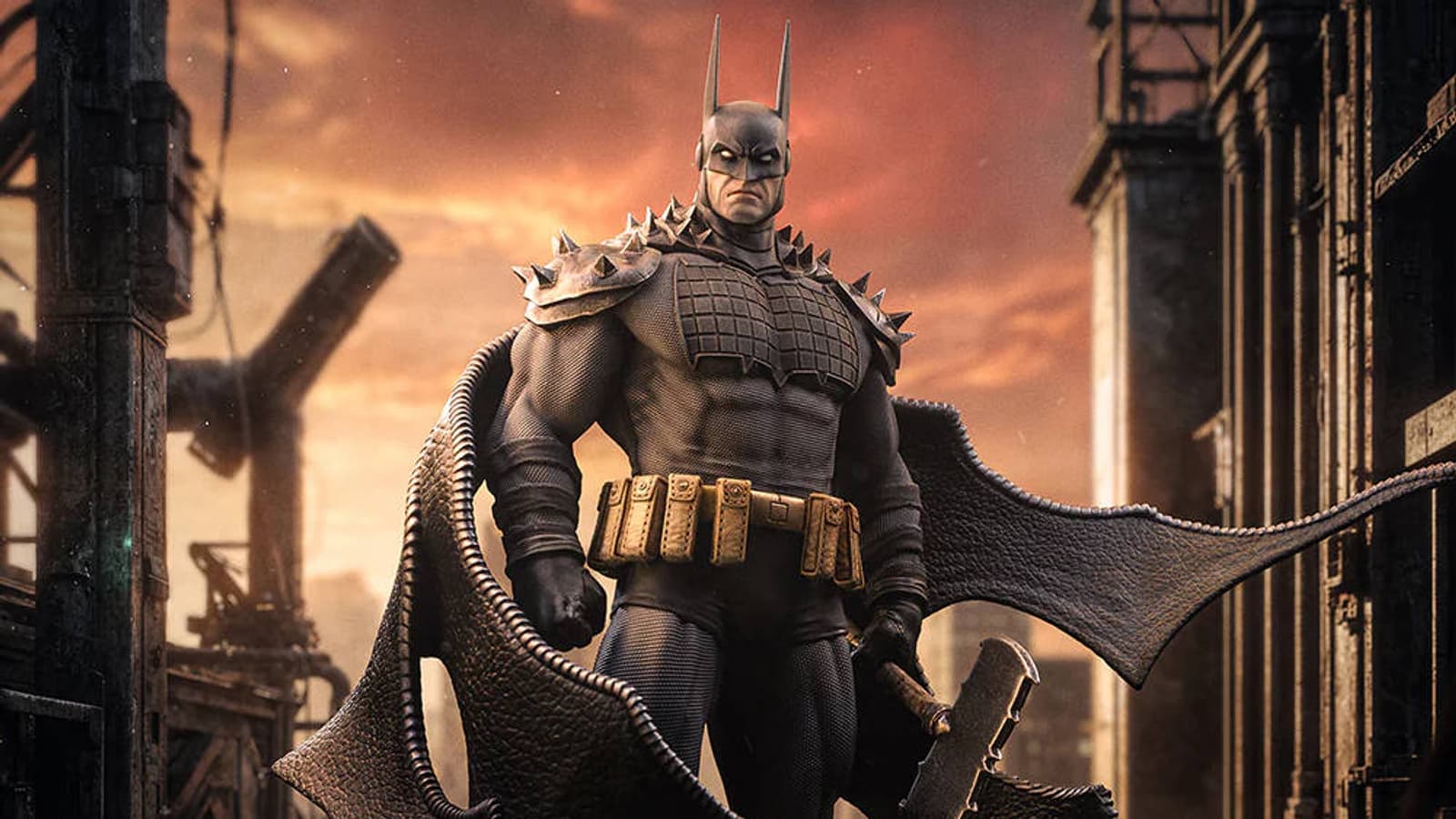
We’ve recognized for a while now that each the PlayStation 5 and Xbox Series X will likely be powered by the following era of AMD Navi GPUs, however because of our pals at Digital Foundry who’ve simply revealed the complete spec of Microsoft’s Xbox Series X console, we now have a significantly better thought of simply how highly effective they’re going to be and what meaning for his or her eventual PC equivalents – and if the Nvidia RTX 2080-levels of energy inside Microsoft’s new console is something to go by, AMD might lastly have a correct Nvidia killer on their fingers come the top of the yr.
I ought to, after all, notice that the GPU inside any given console field is kind of completely different from the kinds of graphics card that go inside our PCs. They’re a special form, have completely different cooling mechanisms and utilise a number of features of their distinctive console design to assist them obtain their respective energy targets. As you’ll see from Digital Foundry’s full Xbox Series X reveal, the Xbox Series X is not any completely different. There are features of the Series X’s SSD, reminiscence and AMD Zen 2 CPU that every one play a task in getting its customized Navi GPU to hit its 12 teraflops goal, however there are nonetheless some intriguing hints to be teased out right here, significantly in terms of AMD’s ray tracing chops.
But first, let’s take a really temporary take a look at the Series X’s key specs. The AMD Navi GPU sitting on the coronary heart of Microsoft’s new console has 52 compute models (there are literally 56 in whole, however 4 have been disabled to assist improve manufacturing yield, in line with Digital Foundry) clocked at 1825MHz and 16GB of GDDR6 reminiscence clocked at 14 Gbps. It has fairly an uncommon reminiscence bandwidth, admittedly, with 10GB of its 16GB reminiscence pool capable of ship as much as 560GB/s, whereas the remaining 6GB affords as much as 336GB/s, however that is tied up with the console’s particular customized asymmetrical reminiscence efficiency, which is a feat merely not attainable on a PC.
For reference, AMD’s earlier RTX 2080 competitor, the older, Vega-based Radeon 7, had 60 compute models clocked at 1400MHz, and 16GB of HBM2 reminiscence, which had a most reminiscence bandwidth of 1024GB/s. Their present Navi top-dog, then again, the RX 5700 XT, has 40 compute models clocked at 1605MHz and simply 8GB of GDDR6 reminiscence, delivering a reminiscence bandwidth of 448GB/s – the latter of which can also be an identical to what’s provided by the RTX 2080, whereas the RTX 2080 Super’s quicker reminiscence clock pace of 15.5 Gbps pushes that determine as much as 496GB/s.

The Xbox Series X is kind of giant by console requirements, however nonetheless a lot smaller than a mini kind issue PC.
Already, then, we’re one thing considerably extra highly effective than the RX 5700 XT (though this isn’t precisely a shock, given the RX 5700 XT is a 1440p-oriented card, not a 4K 60fps proposition just like the Xbox Series X is meant to be), and right here’s hoping that the pace, energy and effectivity enhancements ushered in by AMD’s new RDNA 2 structure will see its general efficiency exceed what was attainable on the Radeon 7, too.
Indeed, when Digital Foundry noticed an early Series X conversion of Gears 5 in motion, with all the inside high quality presets set to the equal of PC’s Ultra settings and with Unreal Engine 4’s brand-new software-based ray tracing switched on, they stated it was already delivering “equivalent performance to an RTX 2080” – and that was on an unoptimised model of the game that had been strung collectively in two weeks.
That’s spectacular stuff for a GPU that matches inside such a dinky little console (all proper, a quite giant console in comparison with earlier efforts, however nonetheless dinky compared to a mini kind issue PC), and it bodes properly for what AMD have lined up for his or her desktop counterparts – particularly in terms of that all-important ray tracing efficiency.

The Xbox Series X parts laid naked.
Like Nvidia’s RTX GPUs, AMD are utilizing hardware-accelerated ray tracing methods right here to render sensible lighting and shadow results in actual time on the Series X, and it’ll have full assist for the most recent DXR Tier 1.1 commonplace. It nonetheless feels like there will likely be a drop in efficiency in comparison with no having no ray tracing switched on in any respect, however Digital Foundry say that the Series X’s fastened console design ought to theoretically enable for extra aggressive optimisation and innovation from builders additional down the road. Whether these enhancements will translate to PC stays to be seen, after all, however it stands to purpose that if builders are enhancing their ray tracing implementations to run on console, then we must always nonetheless see some small, incremental advantages on AMD’s desktop Navi GPUs.
Microsoft didn’t reveal too many particulars in regards to the precise nature of the Xbox Series X’s ray tracing capabilities throughout Digital Foundry’s go to to their Redmond HQ, admittedly, however they did present an early Minecraft DXR tech demo that apparently seems extraordinarily just like Nvidia’s Minecraft RTX demo I noticed final yr. At the second, Minecraft RTX is likely one of the most formidable ray tracing implementations I’ve seen up to now, so to have that operating on a console GPU in real-time has positively bought my curiosity piqued.
As I stated earlier, there are some intelligent issues occurring contained in the Xbox Series X to assist obtain all this, together with its asymmetrical reminiscence efficiency that simply isn’t attainable on PC, in addition to some nifty architectural tips that enable its diddly 1TB NVMe SSD drive to perform as an additional big reminiscence reserve. But the important thing takeaway for us over in PC land is that this: after the marginally disappointing launch of the Radeon 7, AMD’s ‘Big Navi’ GPUs appear like they’re lastly going to provide Nvidia’s top-end RTX playing cards an actual run for his or her cash. Whether they’ll be true Nvidia killers stays to be seen, after all – particularly if Nvidia find yourself launching their so-called next-gen RTX 3080 card earlier than AMD even get their foot out the door – but when what Digital Foundry have seen up to now holds true for AMD’s desktop Navi playing cards, then the race for the last word bestest best graphics card might be get very attention-grabbing certainly over the following 12 months.


